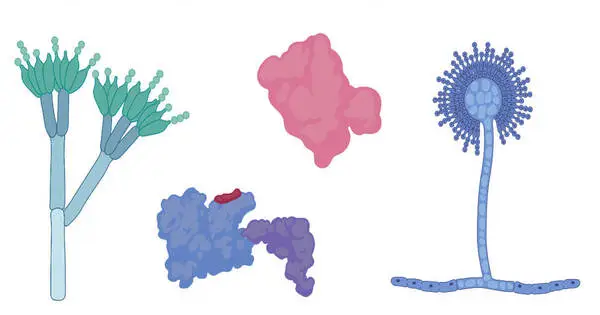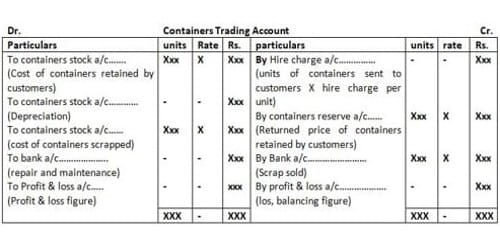Mycotoxins are toxic fungal products produced by fungi that grow in human and animal foods. Mycotoxins can contaminate a wide range of food and beverage products. Mycotoxins cause disease in both humans and animals.
Mycotoxins are naturally occurring toxins that are produced by molds (fungi) and can be found in food. Molds can be found on a wide range of crops and foods, including cereals, nuts, spices, dried fruits, apples, and coffee beans, and thrive in warm, humid conditions. Mycotoxins can have a wide range of negative health effects and are a serious health risk to both humans and livestock. Mycotoxins’ negative health effects range from acute poisoning to long-term effects such as immune deficiency and cancer.
Food contaminated with fungi can be inconvenient at best and potentially fatal at worst. However, new research indicates that removing just one protein can leave some fungal toxins high and dry, which could be good news for food safety. Some fungi produce toxic chemicals known as mycotoxins, which can not only spoil food like grains but also make us sick. One of the more dangerous types of mycotoxins, aflatoxins, can cause liver cancer and other health problems in humans.
There is a long string of genes that is involved with the production of proteins that, in a cascading effect, will result in the production of different mycotoxins. We can basically prevent aflatoxin contamination in food, for example, in the field, even in warehouses, where there is a lot of contamination.
Felicia Wu
“It is a silent enemy,” says Maynooth University in Ireland fungal researcher zgür Bayram, because most people don’t notice when food like corn or wheat is spoiled. Researchers have known for years that some fungi produce these toxins, but they didn’t know all the details. Bayram and colleagues have now identified a group of proteins that are responsible for activating the production of mycotoxins. The researchers report in the September 23 issue of Nucleic Acids Research that genetically engineering the fungus Aspergillus nidulans to remove even one of the proteins prevents the toxins from being produced.
“There is a long string of genes that is involved with the production of proteins that, in a cascading effect, will result in the production of different mycotoxins,” says Felicia Wu, a food safety expert at Michigan State University in East Lansing who was not involved in the research.
The newly identified proteins act like a key starting a car, Bayram says. The researchers wanted to figure out how to remove the key and prevent the starting signal from going through, meaning that no toxins would be made in the first place.

Bayram and his team identified the proteins in A. nidulans, revealing that four proteins come together to make the key. The researchers genetically engineered the fungus to delete each protein in turn. When any of the four proteins are missing, the key does not start mycotoxin ignition, the team found.
In another study that has yet to be published, deactivating the same group of proteins in the closely related fungus A. flavus, which can make aflatoxins, prevents the production of those toxins, Bayram says. “So this is a big success because we see, at least in two fungi, the same [protein] complex does the same job.”
The new work “is building upon a body of research that’s been done over decades” to prevent fungal contamination of food, Wu says. A range of methods are already used to control such contamination. For instance, because not all A. flavus strains produce aflatoxins, one method to prevent contamination is to sprinkle nontoxic strains onto fields of corn and peanuts, Wu explains. Those fungi multiply and can help prevent other toxic strains from gaining a foothold.
This study is one of several in which researchers are using genetic engineering to combat toxins in food. One potential future application of the new research could be to genetically modify a toxin-producing fungus and then use it on crops and elsewhere. “We can basically prevent aflatoxin contamination in food, for example, in the field, even in warehouses, where there is a lot of contamination,” Bayram says.
According to Wu, the new research is a good start, but it will be a “challenge to try to understand how this can be operationalized for agricultural purposes.”
















